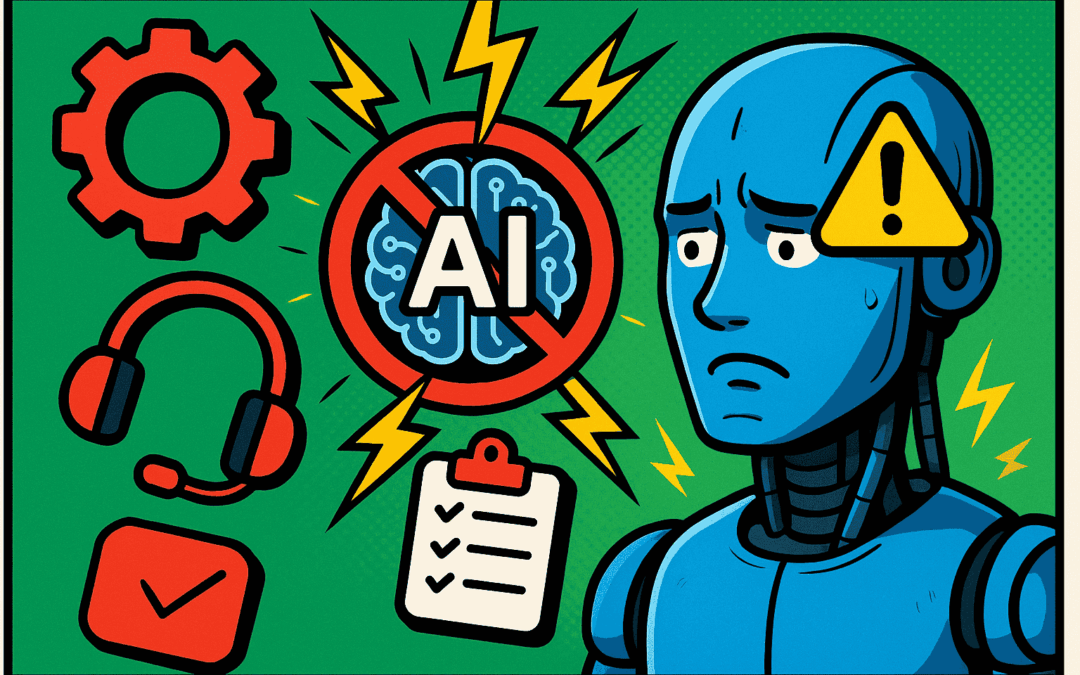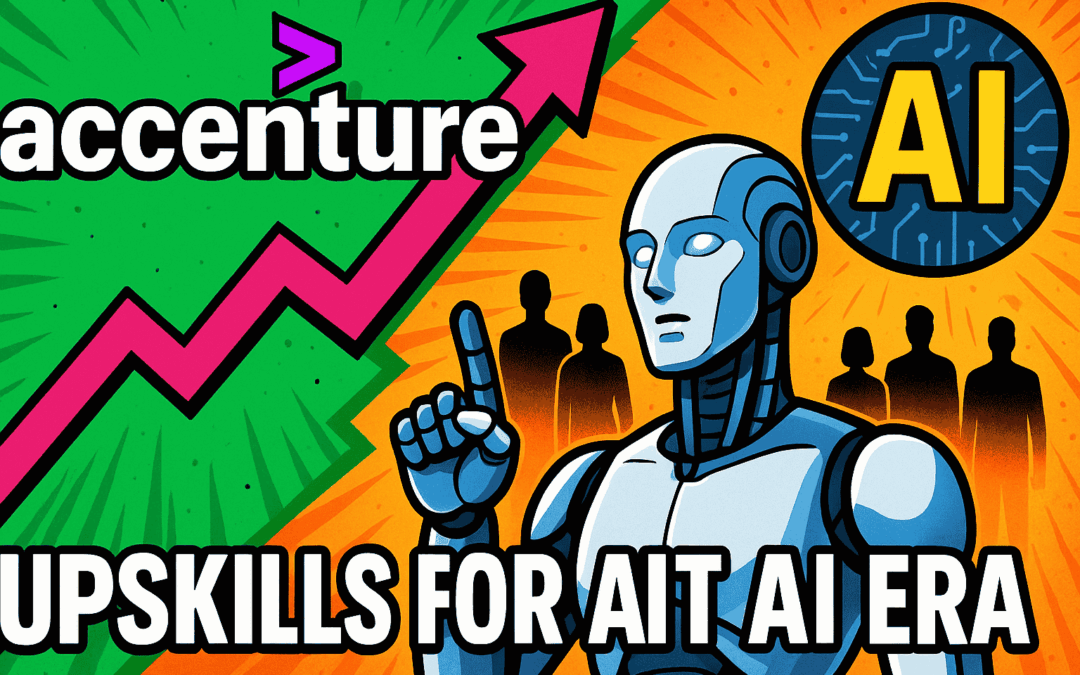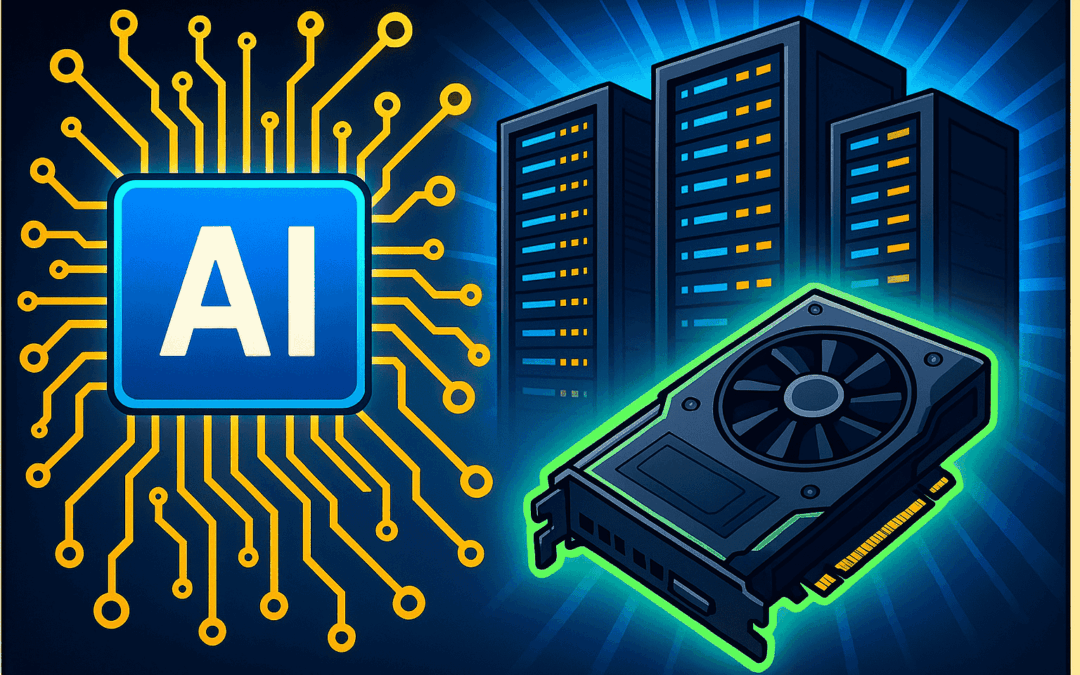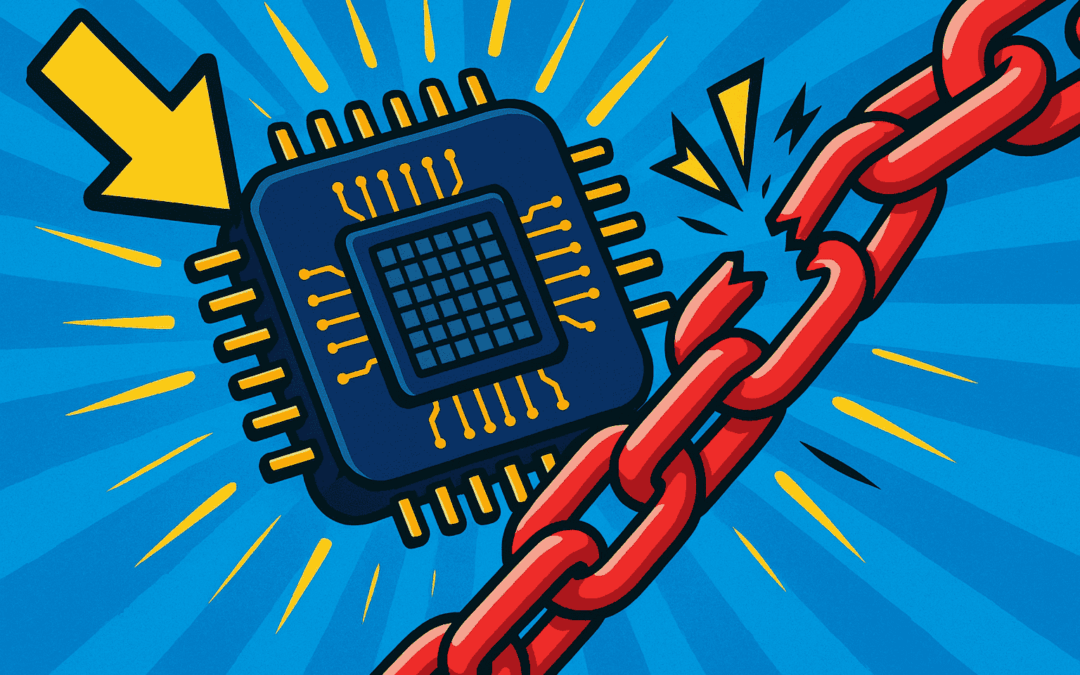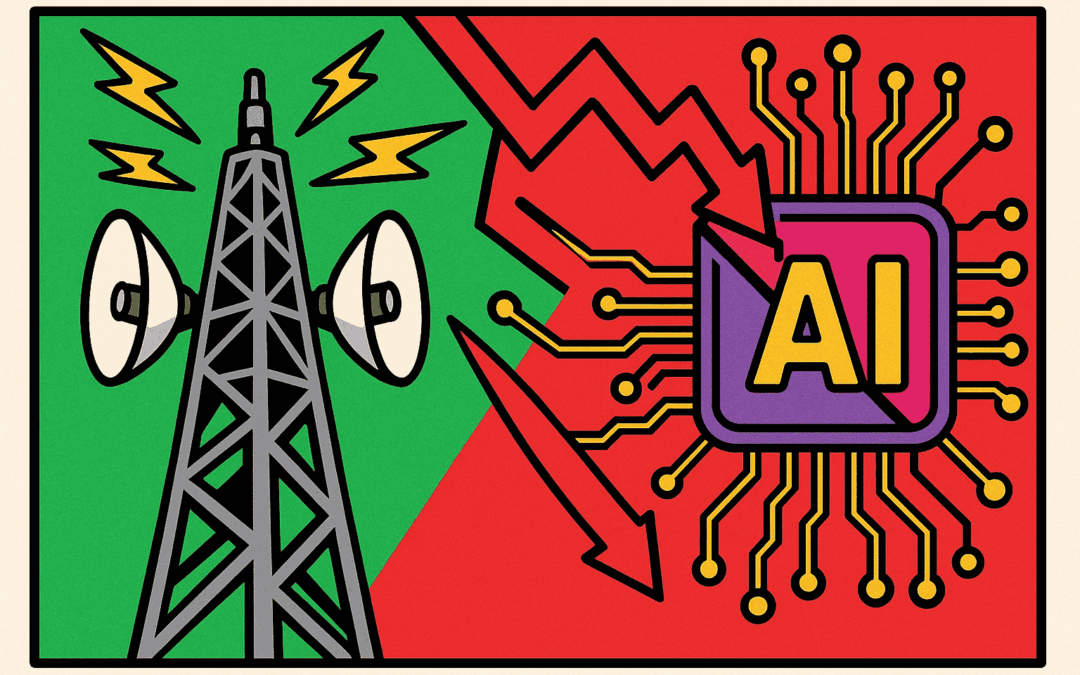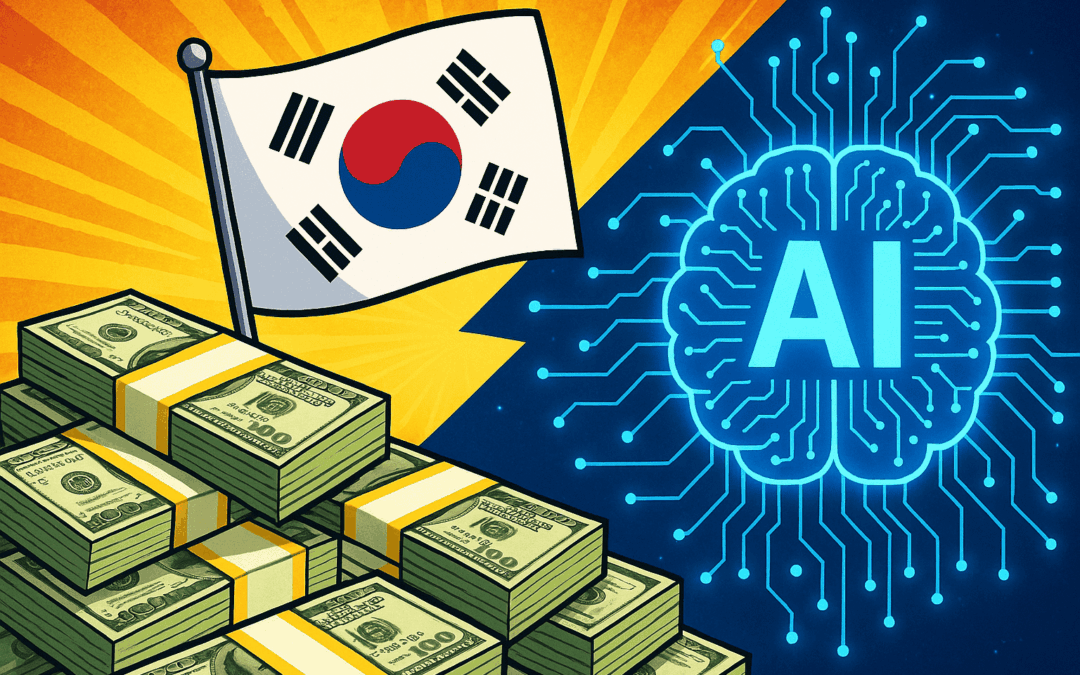The latest developments in AI hardware regulation signal significant shifts for the semiconductor supply chain and the global AI ecosystem.
The proposed U.S. restrictions on semiconductor imports will directly influence AI startups, large tech firms, and developers who rely on advanced chips for machine learning and generative AI workloads.
Key Takeaways
- The U.S. administration plans to tighten controls on semiconductor imports, targeting key supply streams from countries like China.
- AI research and enterprise deployments may see reduced hardware access, driving demand for alternative chips and cloud-based AI solutions.
- Startups and developers face potential cost increases and longer hardware procurement cycles for AI development and deployment.
- The move is set to accelerate onshore semiconductor innovation and support domestic chip manufacturing companies.
Understanding the U.S. Crackdown on Semiconductor Imports
According to TechCrunch and corroborated by reports from The Wall Street Journal and Reuters, the Trump administration’s proposed import limitations specifically target advanced semiconductors and related equipment coming from foreign-controlled sources—primarily China.
This regulatory strategy reflects broader efforts to curb China’s influence on U.S. critical technology infrastructure and protect domestic advancements in AI and generative AI models.
“AI developers and startups that depend on the latest GPUs or custom silicon may soon experience significant supply chain disruptions and inflated costs.”
Implications for Developers, Startups, and AI-centric Enterprises
AI model training and inference workloads depend on cutting-edge chips like Nvidia’s H100, Google’s TPU, and competing ASICs.
Export and import restrictions could delay access to these components, pushing organizations to further leverage cloud-based AI platforms or seek alternative suppliers, such as Taiwan or South Korea, noted CNBC.
Startups and scale-ups in deep learning, computer vision, and LLMs often build their infrastructure atop imported semiconductors.
These restrictions mean higher acquisition costs, possible technological downgrades, and the need for architectural pivots.
“Domestic chipmakers stand to benefit, while enterprise buyers and AI researchers must brace for slower innovation cycles and higher development expenses.”
Supply Chain Resilience and Strategic Adaptation
Developers and enterprises should consider multi-region procurement strategies, robust cloud AI partnerships, and accelerated migration to architectures less dependent on restricted imports.
Additionally, investment in R&D for alternative hardware, open accelerator designs (such as RISC-V for AI), and closer partnerships with domestic foundries will prove vital.
Analysts from SEMI and EE Times agree that while the policy may boost domestic manufacturing, it risks near-term turbulence—especially for AI-centric sectors with already stretched supply chains.
What This Means for the Future of AI Applications
In the short term, the policy could lead to delays in large-scale LLM training, increased competition for limited hardware, and higher barriers to entry for emerging AI startups.
Over the long term, the move may catalyze a robust U.S. semiconductor ecosystem and accelerate investments in chip design optimized for generative AI and neural network inferencing.
Organizations must proactively monitor supply chain updates, collaborate with chip industry consortia, and explore AI model optimization techniques to lower their dependency on top-tier hardware.
“Smart adaptation and strategic procurement will differentiate resilient AI teams and businesses in this evolving regulatory landscape.”
Source: TechCrunch


